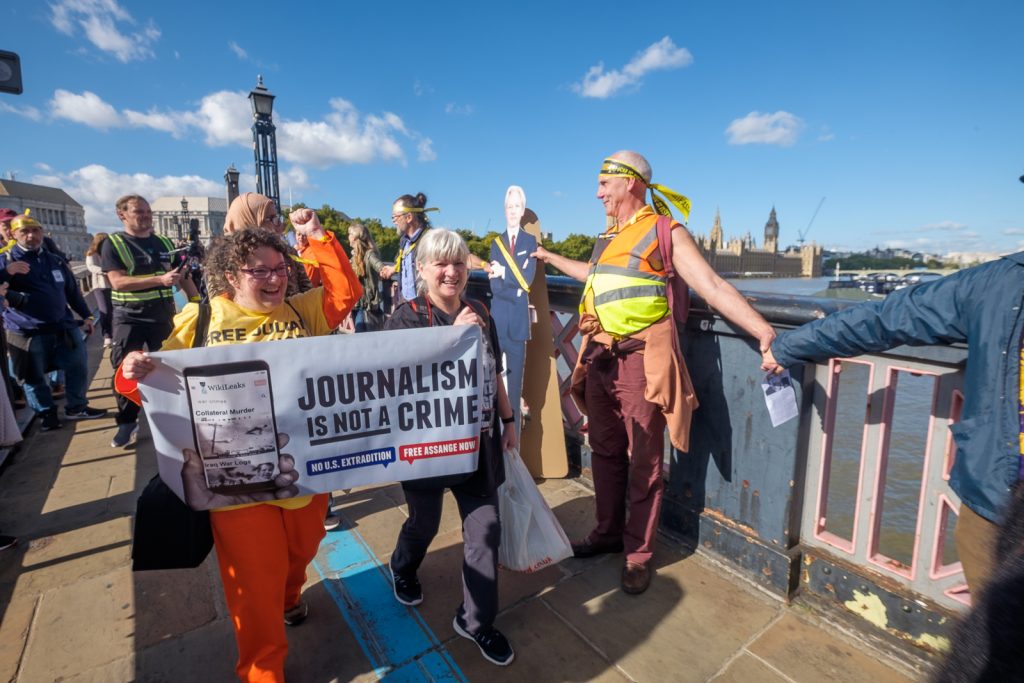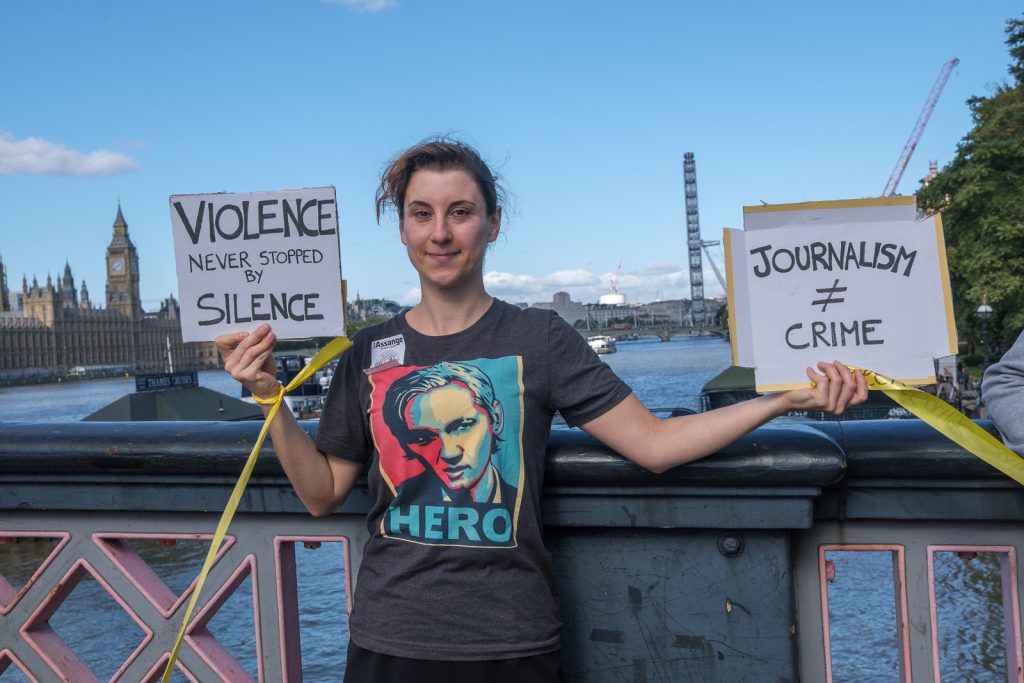Goodbye & Good Riddance – May 2023; Continuing my series of posts about some of the many protests I covered in 2023, a year when there was much to protest about.
May always starts with May Day, but after that things went downhill with the coronation weekend, when I found other things to do in Derbyshire, though I did take a few pictures of the decorations, as well as finding a couple of hours to walk around the centre of Chesterfield. But most of the month I was preoccupied with other matters, including a book launch and an exhibition opening by two friends, birthday celebrations and other family matters. Things got a little more back to normal in June.

Click the link to see more pictures including many of the banners on the march.

I didn’t entirely escape the coronation as “I couldn’t avoid a short glimpse when some twit put the TV on” though I did walk out of the room and there were quite a few decorations on the street. The following day I had a couple of hours before my train left Chesterfield for London and you can see some pictures from there and elsewhere in Derbyshire in Coronation Weekend – Baslow & Chesterfield.

Protesters at Downing St. Gypsy Traveller League, Black Lives Matter, Just Stop Oil, DPAC, Not My Bill, Republic, Stand Up to Racism and others united in a rally calling for an end to all racial discrimination and against the draconian measures in the Police and Crime Act and other recent laws which remove human rights and make the UK a police state, before marching to Downing St where the GTL handed in a letter. Peter Marshall
Another 70 pictures in the album on the link above.

I was pleased to have a ticket for the celebration of Jeremy Corbyn’s 40th anniversary as MP for Islington North as all were taken up quickly for the event in a small area of Highbury Fields. It was sweltering and there was little shade and I was only able to stay for the first 90 minutes of the 4 hour event, unfortunately having to leave before Corbyn arrived. Tosh McDonald, Vice President of Aslef, Andrew Feinstein, Stella Assange and others. Peter Marshall

People at the Royal Courts of Justice before the march to a rally opposite Downing St called by British Pregnancy Advisory Service, Women’s Equality Party and the Fawcett Society demands for urgent reform of UK abortion law after a woman was sentenced to 28 months in prison after using abortion pills to end her own pregnancy, prosecuted under an 1861 law. Peter Marshall

Campaigners from the Palestine Solidarity Campaign continue their regular protests at the Puma shop on Carnaby St calling on the company to end sponsorship of the Israel Football Association. Puma is the main international sponsor of the IFA, aiding Israel to whitewash its human rights abuses and normalising the illegal settlements. Peter Marshall

Campaigners protest opposite Downing St at the way in which the government treats children under 5 and the Early Years Sector. Many came dressed in orange and hung ribbons with their demands onto a Rights on RIbbons Tree. They say the government policy is to put babies in underfunded infant storage units so parents can go back to work neglecting the development and rights of the children. Peter Marshall

Hundreds marched from Parliament Square to the Home Office to demand that environmental protester and German citizen Marcus Decker not be deported after serving his 2 year 7 month sentence, one of the longest ever for a non-violent protest after hanging a Just Stop Oil banner on the Dartford QEII bridge. Marcus gave an eloquent speech by phone calling for continued actions to save the world. Peter Marshall

Hundreds protest at a rally in Parliament Square around Davide Dormino’s ‘Anything To Say?’, life-size bronzes of Edward Snowden, Julian Assange and Chelsea Manning who all had the courage to say no to the intrusion of global surveillance and to lies that lead to war standing on chairs. They called for the release of Julian Assange from Belmarsh prison and for him not to be deported to the USA. Peter Marshall
You can see more pictures from these and other protests and events in my Facebook Albums.
Flickr – Facebook – My London Diary – Hull Photos – Lea Valley – Paris
London’s Industrial Heritage – London Photos
All photographs on this page are copyright © Peter Marshall.
Contact me to buy prints or licence to reproduce.












